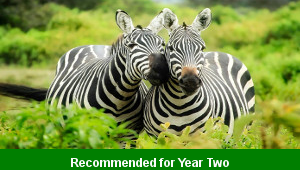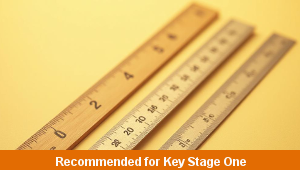Lesson Three – Animal Lists

This English teaching pack for Key Stage One gets the children to practise using commas to separate items in example sentences when writing lists about some different types of animals that might visit a family garden or the school grounds.
The class can explain how information is structured in a non-fiction text to present answers to key questions about what makes different mini-beasts special and unique.
Download this teaching pack including a lesson plan, classroom activities and an interactive presentation to practise using commas to separate items in example sentences when writing lists about some different types of animals that might visit a family garden or the school grounds
Activities in this teaching pack include a set of cards for support ability levels to build lists about different types of animals using commas to separate items in sentences and differentiated worksheets for core and extension ability levels to practise composing and recording lists about different mini-beasts using the correct punctuation for commas.
The interactive presentation gets the children to explore how to use commas to separate items in example sentences when writing lists about different types of animals.
This lesson is part of an English scheme of work to get the children to practise different ways of finding information about animals in non-fiction information books, investigate words spelt with the or sound and use commas to write lists about groups of animals. There are teaching activities for shared learning, differentiated worksheets to support independent learning and interactive presentations to introduce concepts and key skills.
-

Animal Lists
Investigate how to compile lists using commas to present information about some of the special animals that live in habitats around the world
-

English Spelling Assessment
Assess abilities in spelling different vocabulary words based on the National Curriculum programmes of study for Key Stage One
-

Maths Measurement Assessment
Assess abilities in estimating, measuring and comparing a range of different measurements for length, mass and capacity
-

Family Life
Investigate and reflect on some of the special events and experiences that might happen in the life of a family
